Growth in Renewable Energy Sector
The Synthetic Silica Glass Market is poised to benefit from the growth in the renewable energy sector. As the world shifts towards sustainable energy sources, the demand for high-performance materials in solar panels and wind turbines is increasing. Synthetic silica glass is essential in enhancing the efficiency and durability of these renewable energy technologies. Market analysis indicates that the renewable energy sector is expected to grow at a compound annual growth rate of 7% over the next five years. This growth presents a significant opportunity for the Synthetic Silica Glass Market, as manufacturers seek to develop innovative solutions that meet the evolving needs of the renewable energy landscape.
Expanding Applications in Healthcare
The Synthetic Silica Glass Market is expanding its footprint in the healthcare sector, where the demand for high-quality materials is on the rise. Applications such as laboratory glassware, medical devices, and diagnostic equipment are increasingly utilizing synthetic silica glass due to its superior properties, including chemical resistance and optical clarity. The healthcare industry is projected to grow at a rate of 6% annually, which is likely to positively impact the Synthetic Silica Glass Market. As healthcare technologies advance, the need for reliable and durable materials becomes paramount, prompting manufacturers to innovate and develop specialized products tailored for medical applications. This trend suggests a promising avenue for growth within the Synthetic Silica Glass Market.
Rising Demand from Electronics Sector
The Synthetic Silica Glass Market is significantly influenced by the rising demand from the electronics sector. As technology continues to evolve, the need for high-purity silica glass in applications such as semiconductors, displays, and optical fibers is increasing. Reports suggest that the electronics industry accounts for a substantial portion of the overall demand for synthetic silica glass, with projections indicating a growth rate of approximately 5% annually. This surge is driven by the proliferation of smart devices and the ongoing miniaturization of electronic components. Consequently, manufacturers in the Synthetic Silica Glass Market are focusing on developing specialized products that cater to the unique requirements of the electronics sector, thereby enhancing their market presence.
Sustainability and Eco-Friendly Practices
The Synthetic Silica Glass Market is witnessing a shift towards sustainability and eco-friendly practices. As environmental concerns become more pronounced, manufacturers are increasingly adopting sustainable production methods. This includes utilizing recycled materials and reducing energy consumption during the manufacturing process. The market is responding to consumer preferences for environmentally responsible products, which is likely to drive growth in the coming years. Companies that prioritize sustainability may gain a competitive edge, as they align with the values of environmentally conscious consumers. Furthermore, regulatory frameworks are evolving to support sustainable practices, which could further bolster the Synthetic Silica Glass Market as it adapts to these changes.
Technological Advancements in Manufacturing
The Synthetic Silica Glass Market is experiencing a notable transformation due to advancements in manufacturing technologies. Innovations such as improved melting processes and enhanced purification techniques are leading to higher quality silica glass products. These advancements not only increase production efficiency but also reduce costs, making synthetic silica glass more accessible to various industries. For instance, the introduction of automated systems in production lines has been shown to enhance output rates by up to 30%. As a result, manufacturers are better positioned to meet the growing demand for high-performance materials in sectors such as electronics and optics. This trend indicates a robust future for the Synthetic Silica Glass Market, as companies invest in state-of-the-art technologies to maintain competitive advantages.


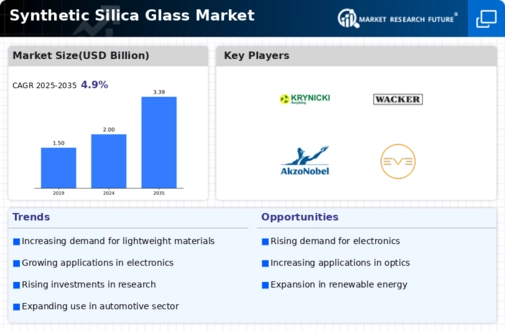

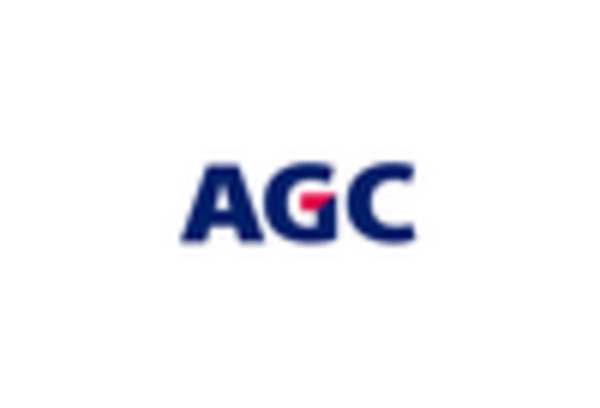
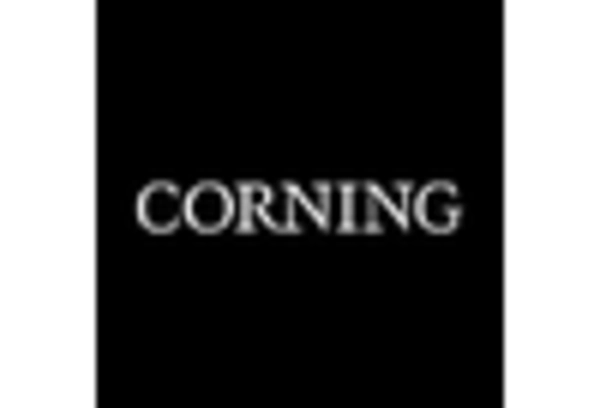

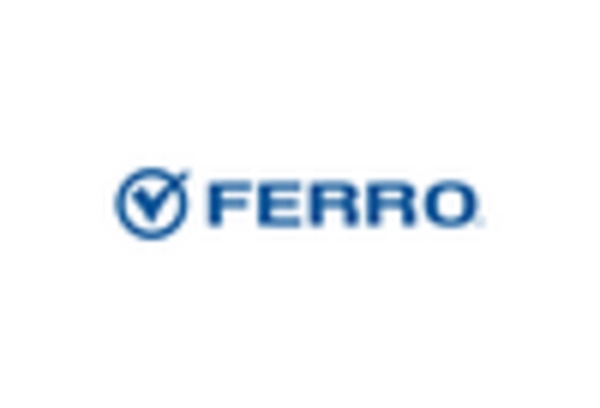

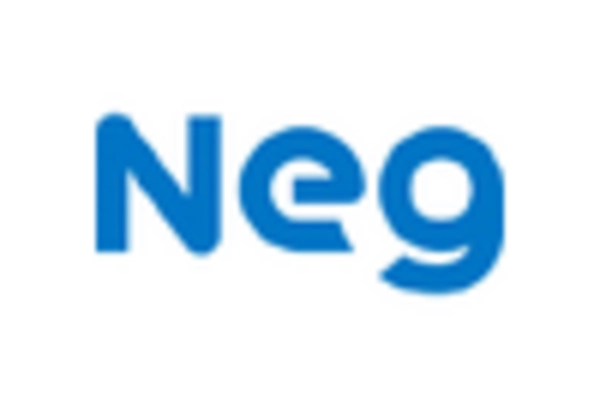








Leave a Comment